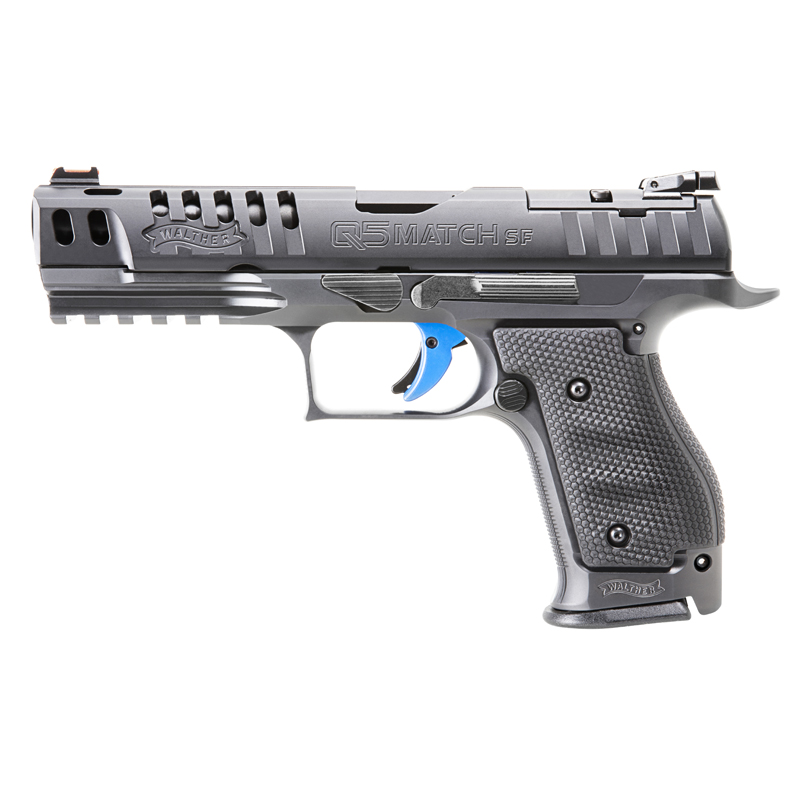Yup, it’s a Thursday entry again, but only because I spent yesterday’s lunch break working, last night finishing today’s scheduled post, and this morning attempting to resuscitate my laptop.
So, uh, anyone have favorite fictional AIs and computers? I think I’m going to need a new computer name in the near future.
Defense
- Austal under investigation for bookkeeping? – More as it develops.
- The Royal Navy’s frigate-building schedule – TLDR: the Type 23 frigates are getting retired in the mid-2020s. The Type 31e frigates will therefore have to be built, finished with sea trials, and ready to enter service in about four years after the contract is awarded. Seems unlikely.
- “When Task & Purpose asked [Army spokesman] Esper why the Army needs artillery that can lob a shell up to 1,000 miles, Esper explained the U.S. military needs to outrange enemy guns – I want this guy to answer more questions. “We need 20-megaton bombs so we can out-explode enemy IEDs. We need more helicopters so we can out-cool enemy handheld fans.”
- Two KC-46s delivered – Putting an end to a long, twisted, and lawsuit-fraught journey.
- USNI News with a little roundup of the lasting damage following the Fat Leonard scandal – Imagine being known to history as Fat Leonard. I don’t know much about the original scandal, but I think he’s the sort of guy I’d keep on prison-retainer, as it were. If you end up with a war, a moderately corrupt but otherwise loyal scrounging expert is just the kind of port agent you want.
- Video of an explosive Tu-22M3 crash – Possibly unsettling if you realize you’re watching several people die, so skip the click if that sounds bad to you. We briefly discussed the initial incident report on Discord, too.
- Pirates of the Caribbean, 2019 edition – As it turns out, when you’re a Venezuelan fisherman who used to work for the now-nationalized fishing companies, kidnap and ransom of the Trinidad and Tobago-flagged fishermen right off your coast starts to look awfully tempting.
- The Air Force is confident in New Space – As well they should be, in my estimation.
- Hawkeye and Brutus, artillery-on-a-truck systems for the US Army – That’s a 105mm-on-an-HMMWV, and a 155mm-on-an-unspecified-medium-tactical-vehicle. For once, an Army system which isn’t overspecified.
- The LCS mission packages are all terrible – Except for the variable depth sonar in the ASW package, but that’s a small bit of shine in a large pile of crap.
- Is China preparing its population for war with Taiwan?
Guns
- Parvusimperator presents an MP5 clone – Not wanting to be left out after the SHOT roundup. (Incorrect: he submitted this prior to that post.)
- Big Army seeks squad fire control system for next-gen small arms – False assumption in headline: the Army will ever get its act together enough to buy next-gen small arms.
History in Pictures (Mostly)
- The US Carrier fleet laid to in Ulithi lagoon – Photo from early 1945, features eleven aircraft carriers. In early 1943, there was one active, undamaged American aircraft carrier in the Pacific.
- The cruiser Аврора, which fired the shot which signaled revolutionaries to storm the palace in St. Petersburg – I’ve been there in person, but that was before they repaired and repainted her a few years ago. Also, I didn’t get an overhead shot.
- On ship rigs and performance to windward – Nothing I didn’t know already, but well-presented and easy-reading, with the added benefit of some diagrams to clarify some of the mechanics.
Technology
- Undersea cable damage wipes out Tonga’s Internet – Infrastructure is always more fragile than you realize.
- Like coffee? How about SPACE ROASTED COFFEE? – Or rather, coffee roasted by reentry heat. Except it isn’t heated directly by reentry heat, of course, just by a heat exchanger. Also, given launch costs and the amount of coffee it takes to make a cup, we’re looking at about $500 per cup.
- GDPR used to attack the free press – Unintended consequences? In my vast and complicated system of regulation? Shock!
Grab Bag
- We at the Soapbox are watching out for you, which is why we present this travel advisory – Yes, only just now has the State Department issued a Do Not Go advisory for Venezuela.
- In Japan, you’re expected to throw a $10,000 party if you hit a hole in one in golf – So there’s insurance for it, and despite the fact that it would be easy to cheat, almost nobody does, because golf is a gentleman’s game, and gentlemen don’t cheat their insurance companies.

